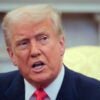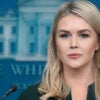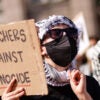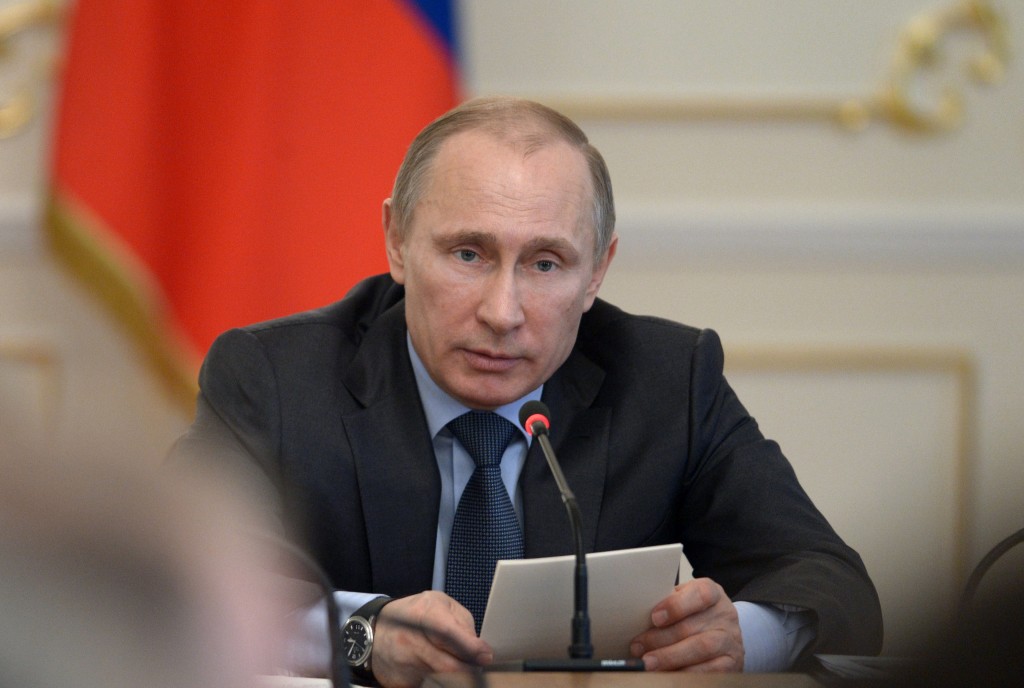Four years ago today, U.S. and Russia signed the Strategic Arms Reduction Treaty (New START). An examination of the past four years reveals that critics’ early assessments of the flawed treaty have proven frighteningly accurate: Putin gets his way with little to no cost to himself, while the U.S. pays a high price.
Critics of New START warned that loopholes in the treaty would result in Russia’s circumvention of nuclear and missile reductions and that New START lacks a sufficient verification process, which would ultimately allow the Russians to build up their nuclear and missile arsenals without detection. Critics of New START also pointed out the futility of engaging Russia in another arms treaty in light of their ongoing violations of past treaties such as the Intermediate-Range Nuclear Forces (INF) Treaty.
The Daily Signal depends on the support of readers like you. Donate now
The critics of New START were right.
These disadvantages are compounded by Russia’s inclusion of language in New START that limits U.S. defense options, as well as the Russians attempt to use the treaty to inhibit U.S. missile sites in Europe. The administration has already cancelled Phase Four of the European Phased Adaptive Approach, its missile defense plan in Europe. Phase Four was supposed to protect the U.S. homeland from long-range ballistic missiles; it was also the phase to which the Russians objected the most.
In order to counter the damages inflicted by New START, the U.S. must withdraw from the treaty and invest in upgrading its aged nuclear weapons infrastructure. The U.S. must also increase its missile defense capabilities—Iran and North Korea have been steadily improving their respective ballistic missile capabilities.
However, the Obama Administration has failed to prioritize missile defense and nuclear modernization. In fact, the administration has slashed missile defense funding and relied instead upon a failed “reset” policy with Russia. The Nuclear Posture Review Implementation Study released by the White House in 2013 advocated for a 33 percent unilateral reduction below New START level of U.S. nuclear weapons—a dangerous policy in the face of a Russian nuclear build-up.
In order to protect the U.S. homeland and the nation’s interests abroad, the administration must reassess its missile and nuclear policy. As the events in Crimea have shown, Putin has once again affirmed his untrustworthy and devious nature. The U.S. must develop its nuclear forces to defend against a variety of threats in an increasingly hostile world, regardless of Russia’s nuclear modernization or actions in Ukraine.































